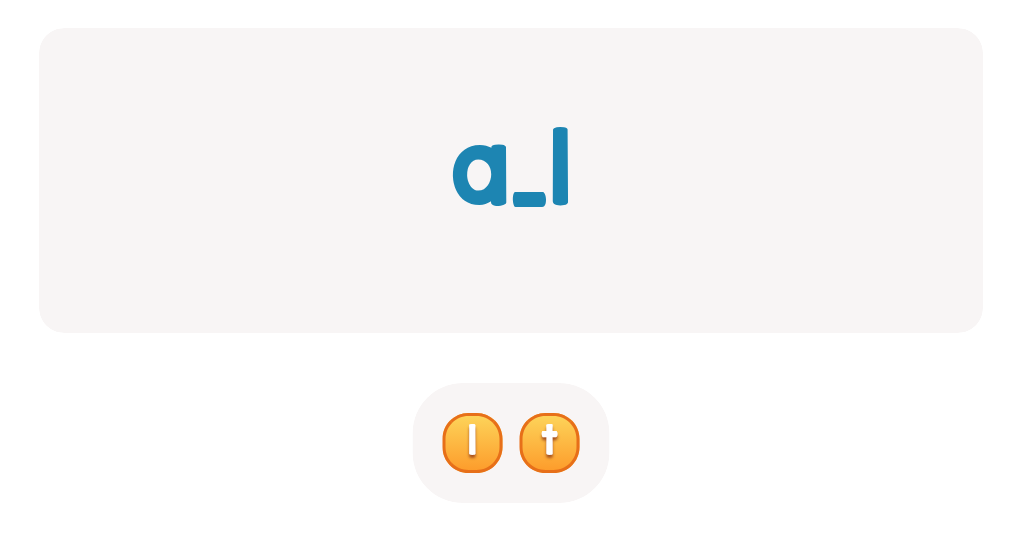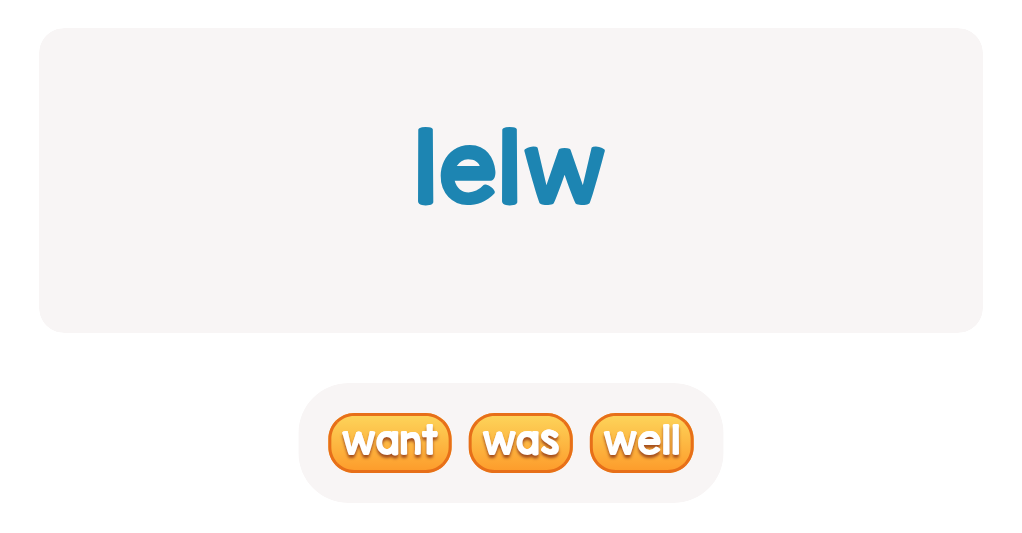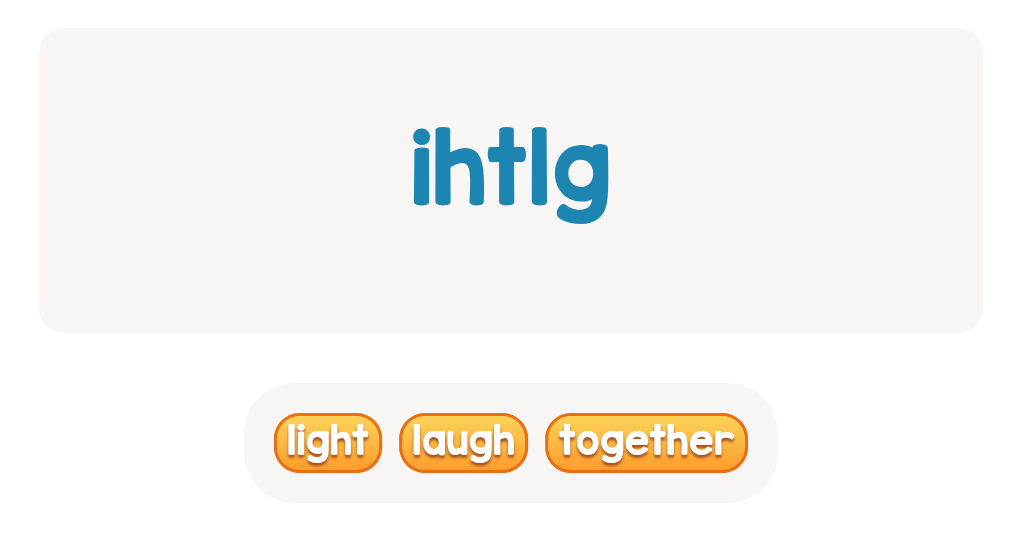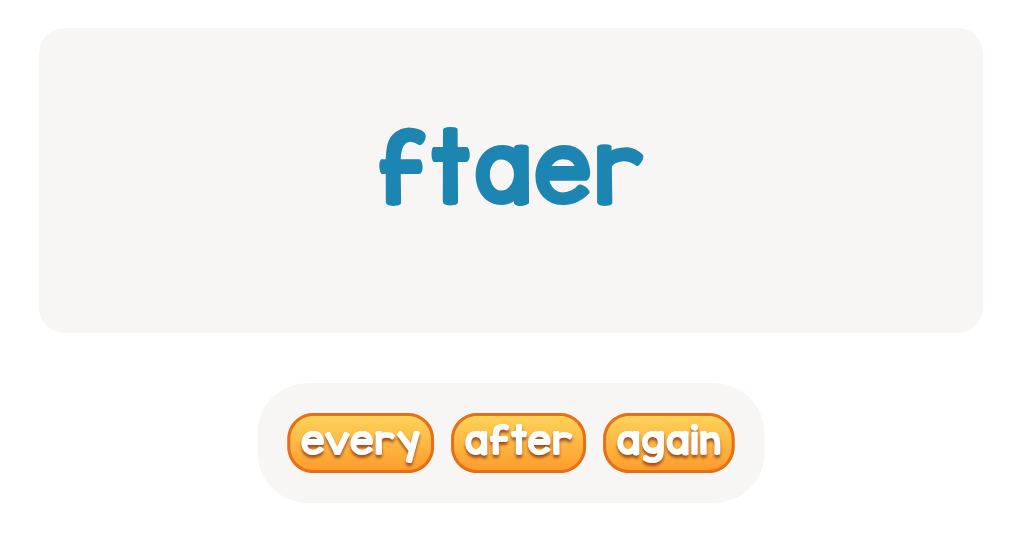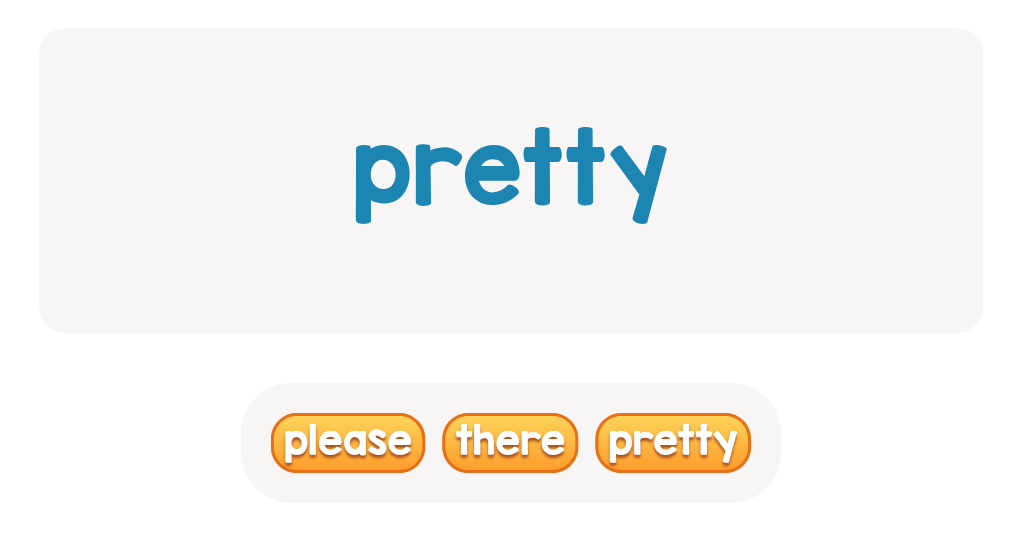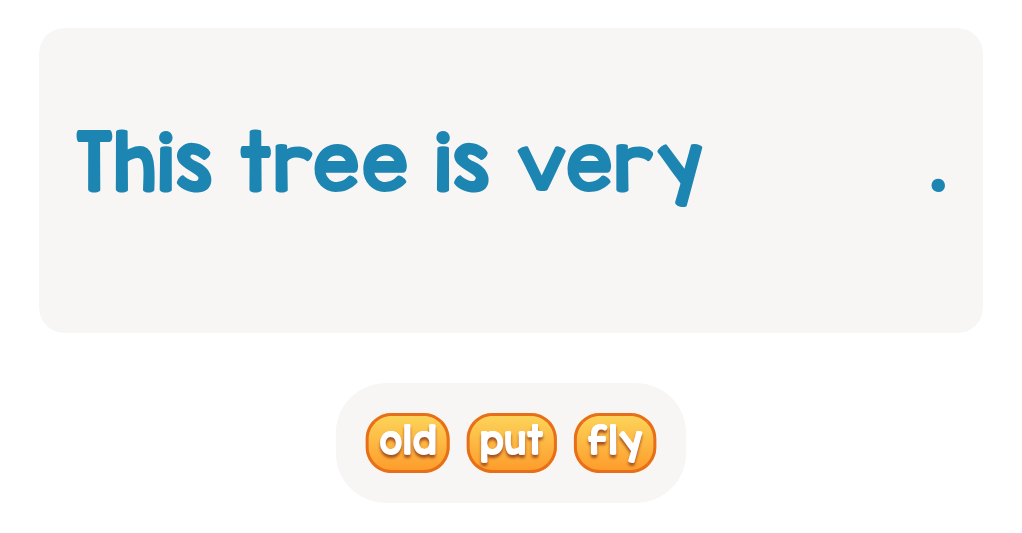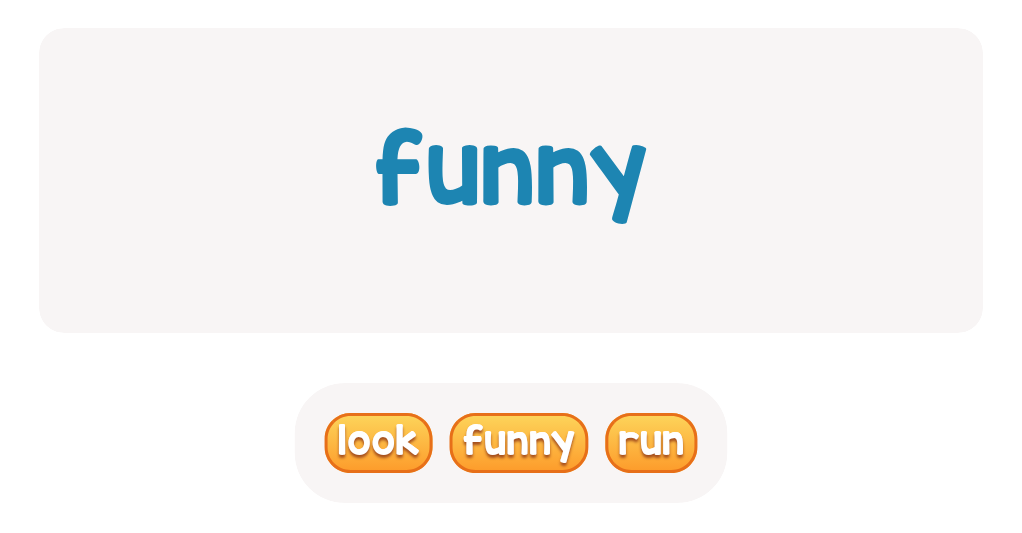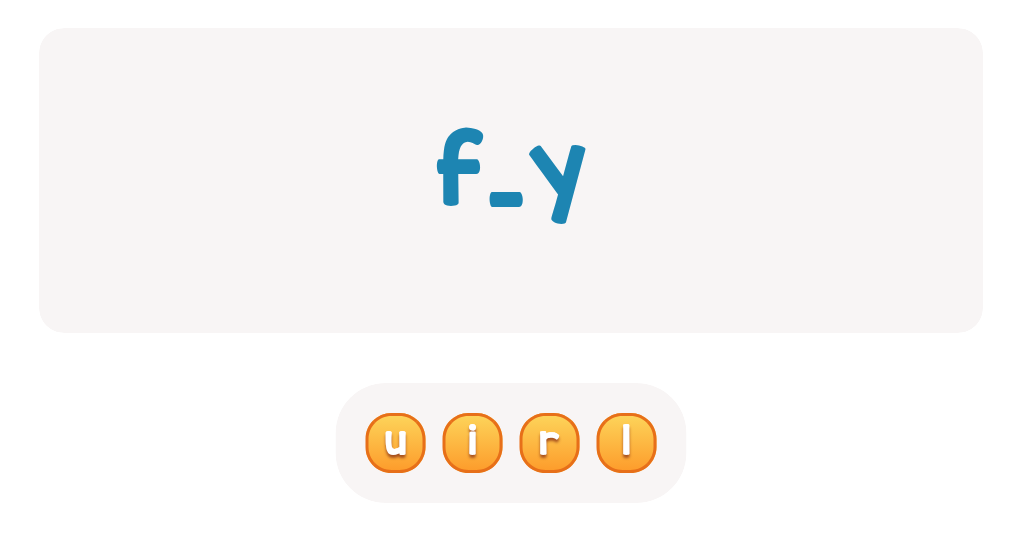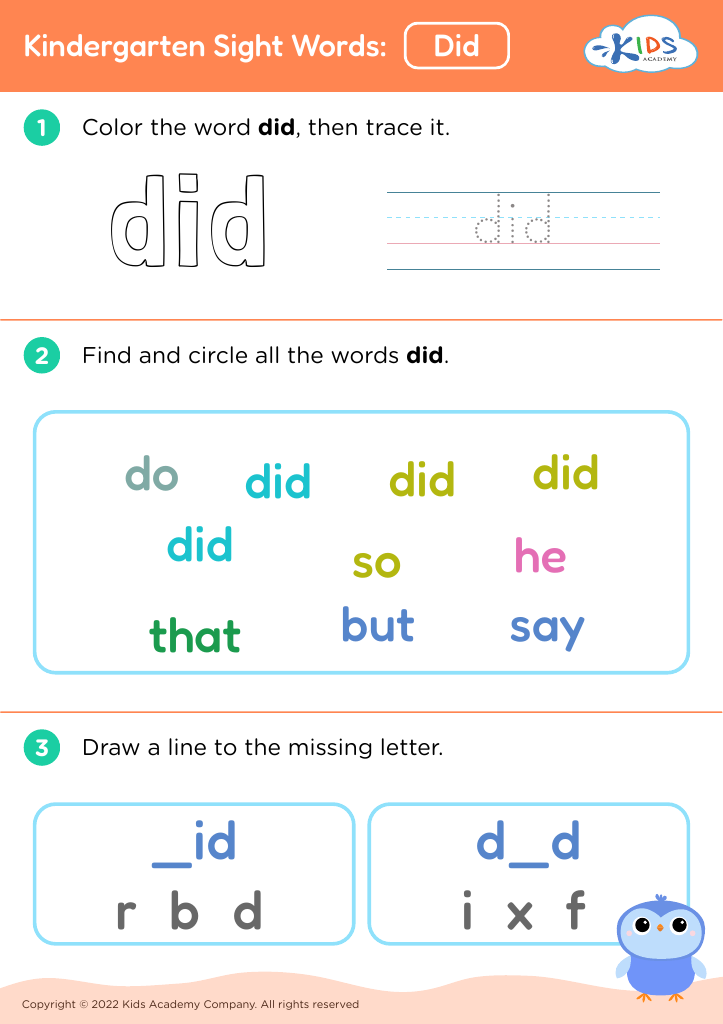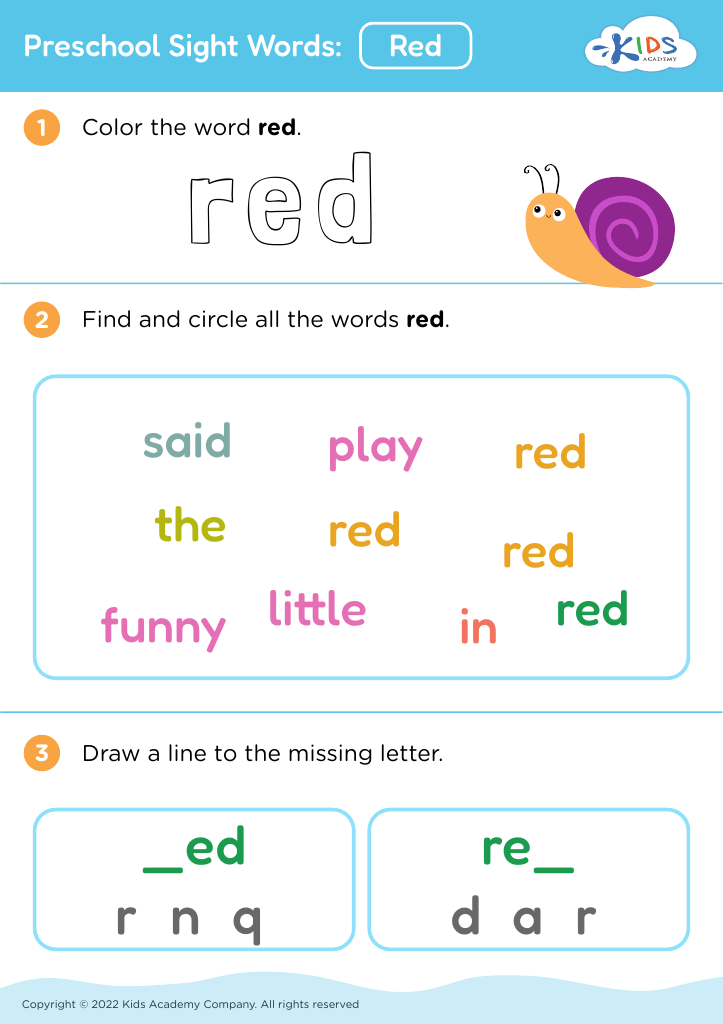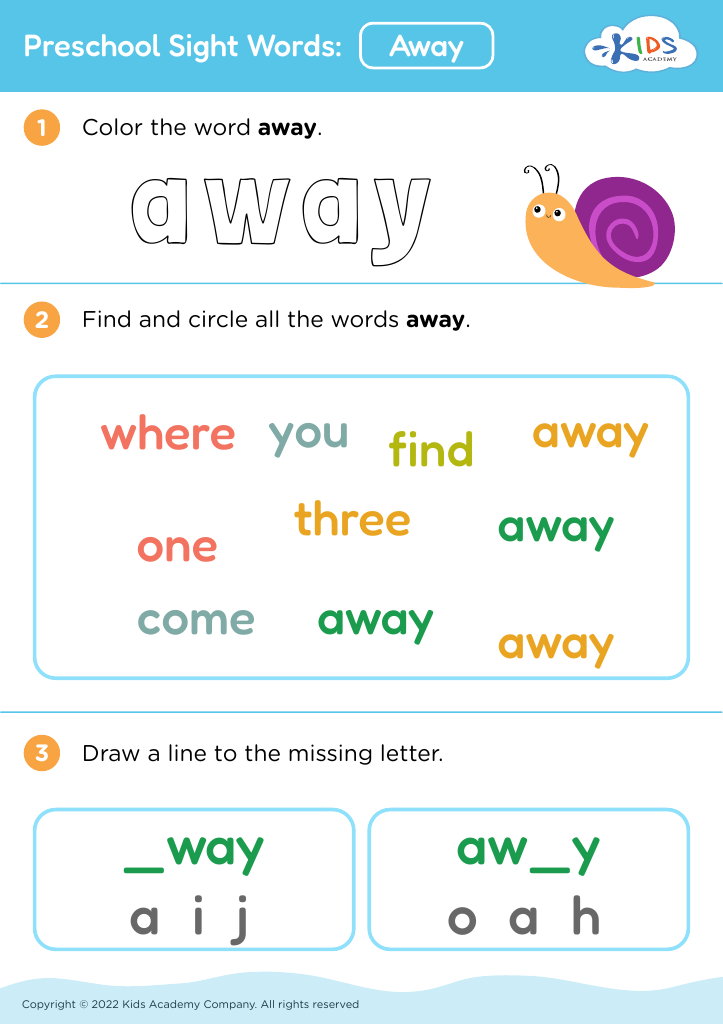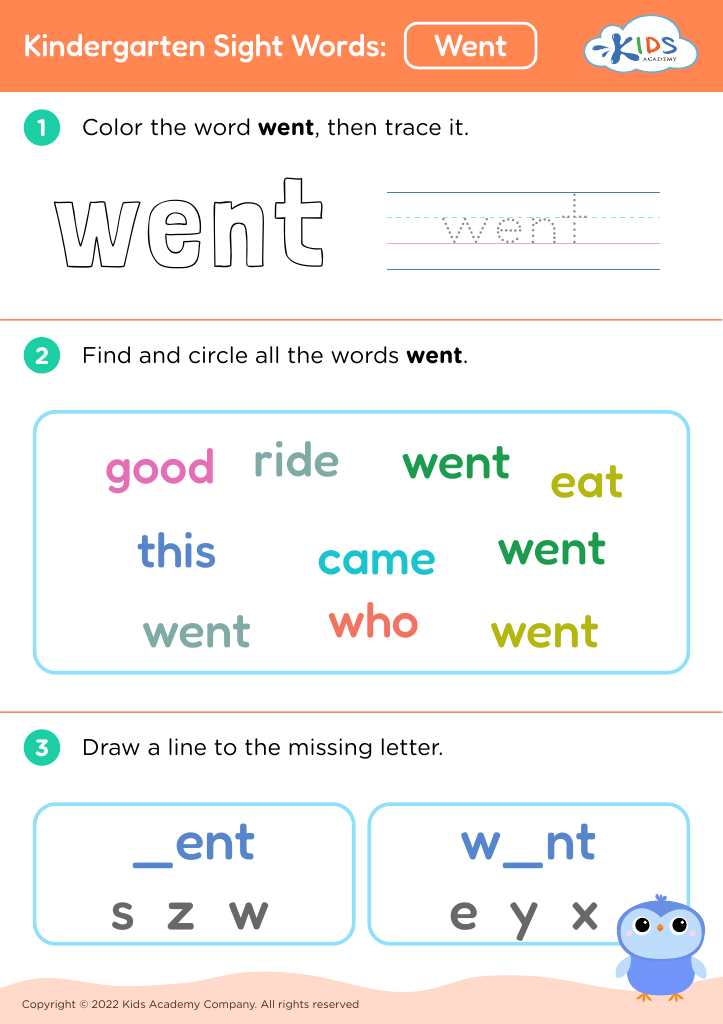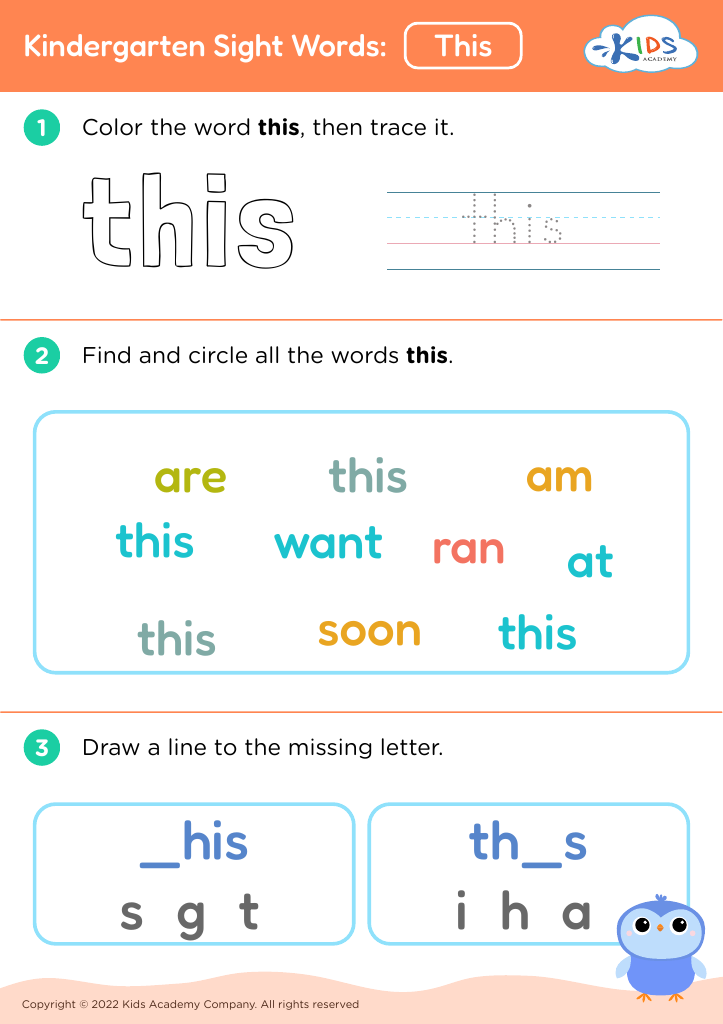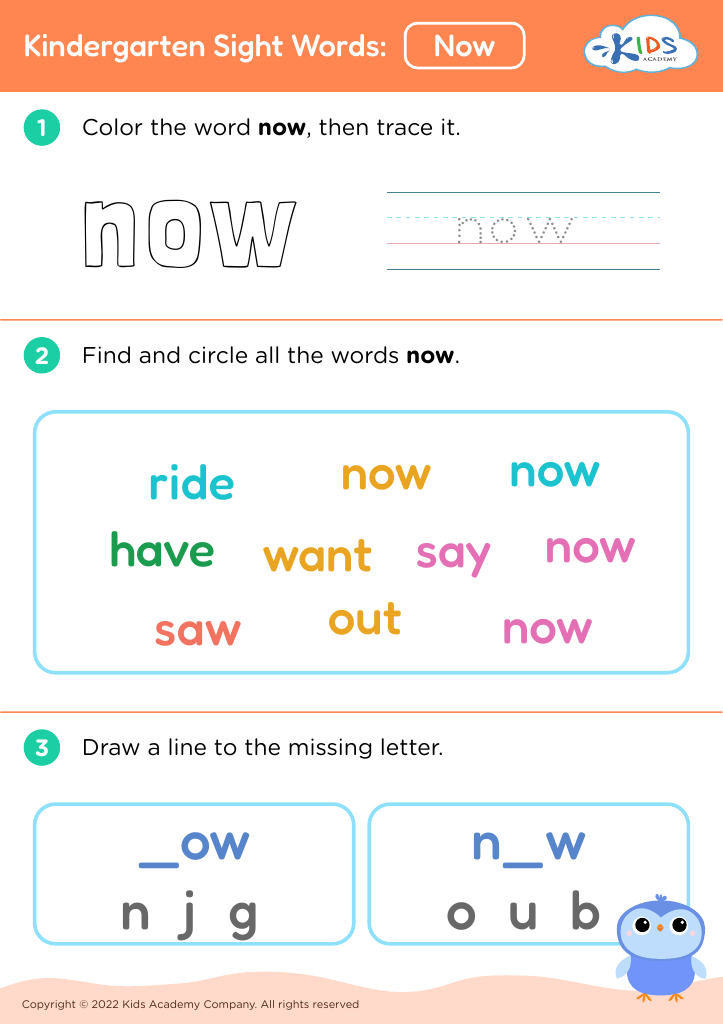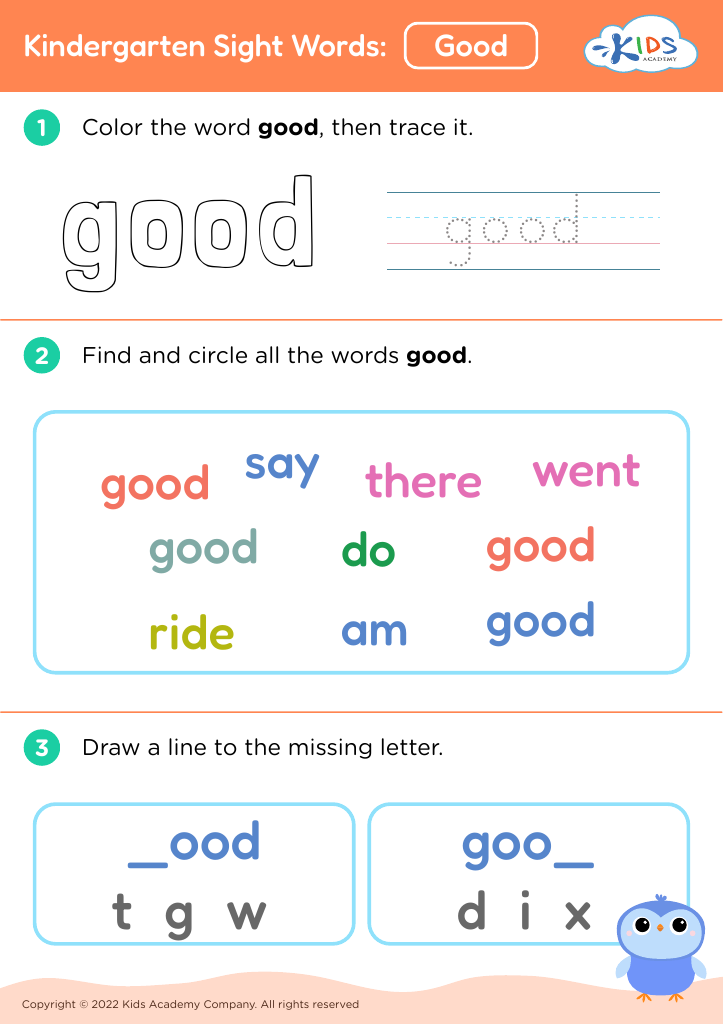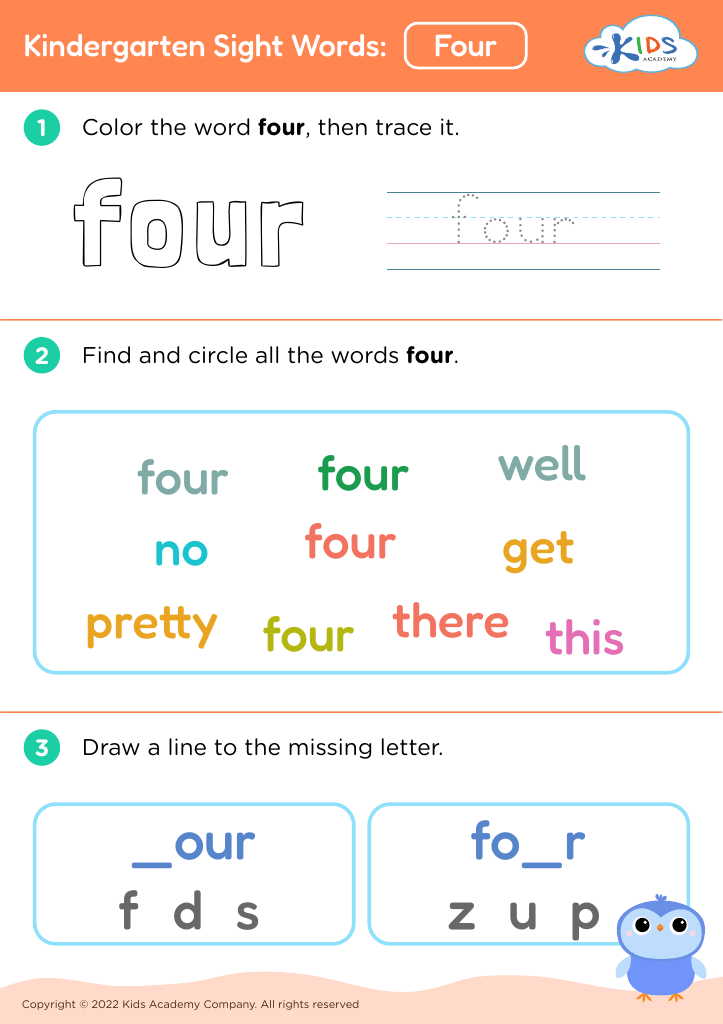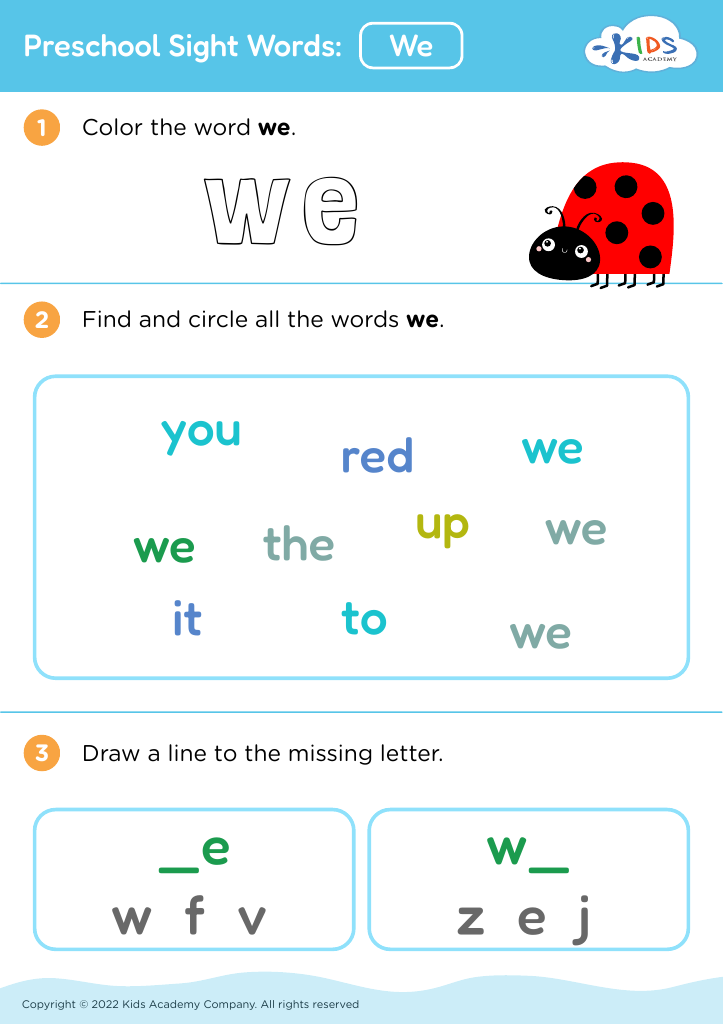Number Recognition Building Vocabulary Worksheets for Ages 3-4
13 filtered results
-
From - To
Discover our engaging Number Recognition Building Vocabulary Worksheets, specially designed for children aged 3-4! These interactive worksheets help young learners develop essential number recognition skills while expanding their vocabulary. Featuring colorful illustrations and fun activities, children will enjoy matching numbers, counting objects, and identifying quantities. Our thoughtfully crafted exercises promote cognitive development, fine motor skills, and language acquisition. Perfect for homeschooling or classroom settings, these worksheets encourage early math mastery and literacy in a playful and stimulating manner. Start your child's educational journey today and watch them gain confidence in their number skills and vocabulary knowledge!
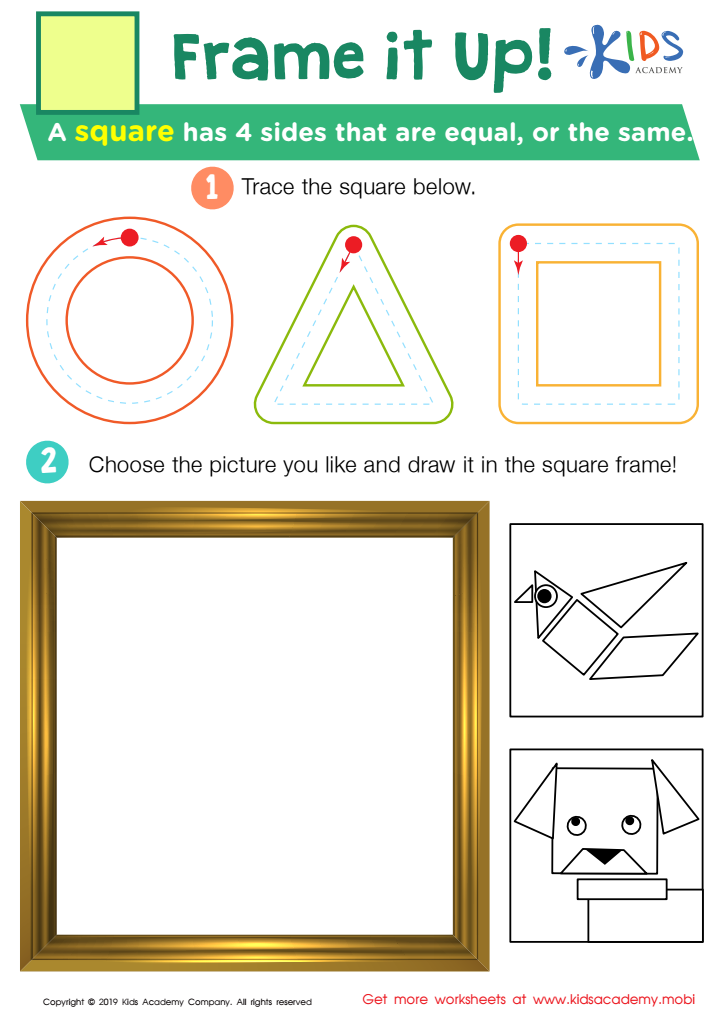

Frame it Up Worksheet
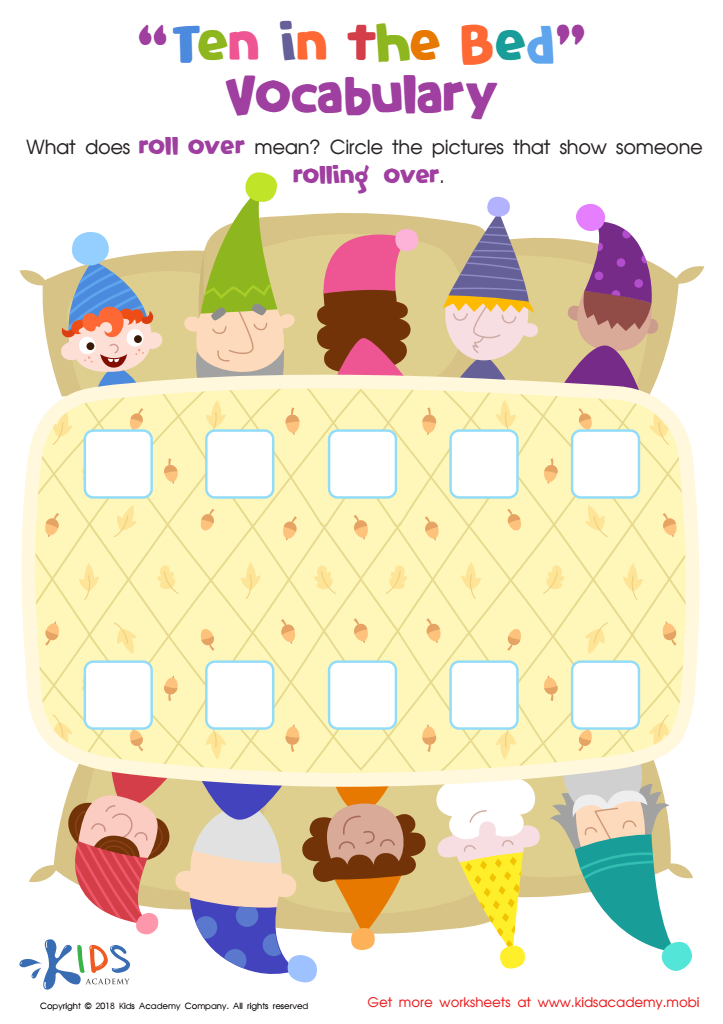

Ten in the Bed: Vocabulary Worksheet


Pair Pears Worksheet
Number recognition and building vocabulary are crucial foundational skills for children aged 3 to 4, and parents and teachers should prioritize them for several reasons. First, early familiarity with numbers enhances a child’s mathematical competence, laying the groundwork for future learning in math concepts such as counting and addition. When children can recognize numbers, they begin to understand the relationship between quantity and symbols, which is essential for their cognitive development.
Additionally, building vocabulary is equally important during these formative years. Vocabulary development supports effective communication skills, enabling children to express their thoughts and feelings clearly. A rich vocabulary enhances reading readiness and promotes comprehension skills, as children learn to connect words with meanings and concepts.
Moreover, when integrated, number recognition and vocabulary building can create a dynamic learning environment. For instance, interactive activities like counting objects while naming them can engage children and foster a multi-faceted approach to learning.
By focusing on these skills, parents and teachers can help children not only perform better academically but also develop critical thinking and problem-solving abilities, setting them up for success in school and beyond. Investing time in these fundamentals nurtures confident, capable learners.
 Assign to My Students
Assign to My Students
